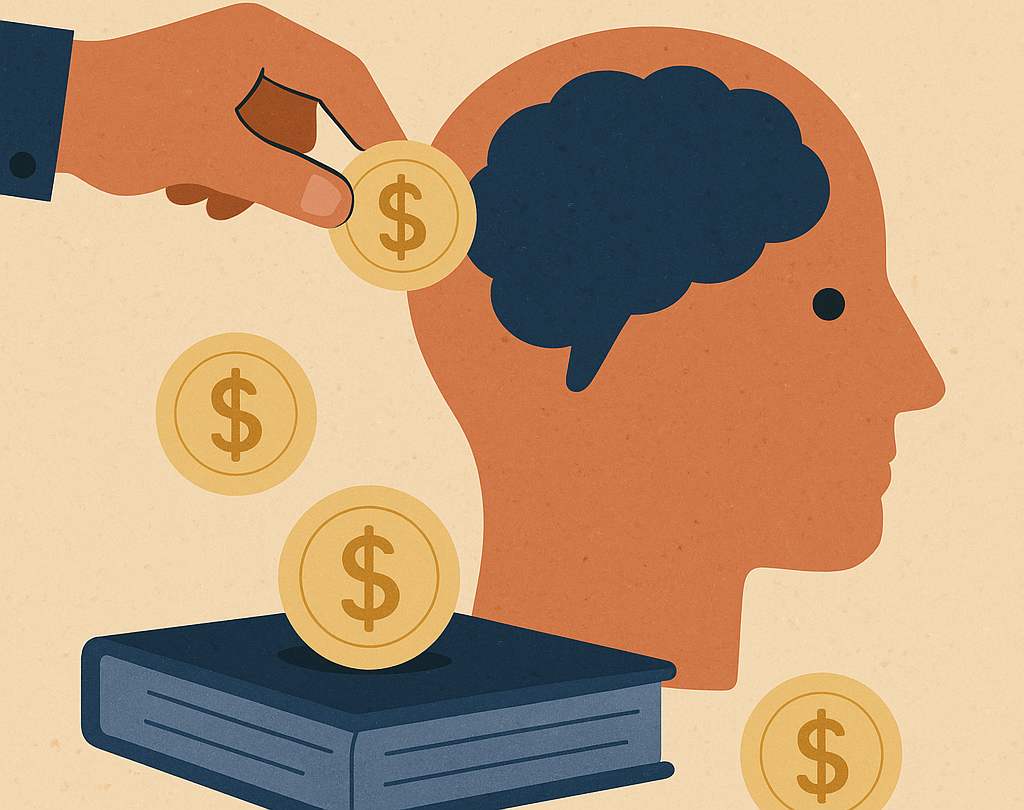
What if I told you that a tiny, soft metal found in your phone battery could also help balance the human mind?
Meet lithium—a naturally occurring element that’s been saving lives for decades, not as a gadget component, but as a powerful mood stabilizer for bipolar disorder. It’s one of the oldest and most reliable treatments in psychiatry, yet it remains a mystery to many.
The story of lithium as a medicine dates back to the mid-20th century, when Australian psychiatrist John Cade experimented with it in 1949. While testing various compounds on guinea pigs (in an effort to understand mania), he found that lithium calmed them significantly. Soon, it was trialed in humans—and it worked. Remarkably well, in fact. Lithium became the first mood-stabilizing drug approved to treat bipolar disorder.
So how does it work? That’s still being explored, but scientists believe lithium helps regulate neurotransmitters—chemicals in the brain that control mood. It also seems to protect neurons and promote neuroplasticity (the brain’s ability to change and adapt). Most importantly, it smooths out the emotional highs and lows, reducing the severity of manic and depressive episodes.
Lithium isn’t without side effects—it requires regular blood monitoring to ensure safe levels—but for many people, it’s a literal lifesaver. It can reduce the risk of suicide, prevent relapse, and help people reclaim a sense of normalcy. In a world full of flashy new treatments, it’s fascinating that something so simple—an elemental salt—still stands as the gold standard.
So next time you scroll past lithium in your smartphone specs, remember: inside that silvery metal lies the power to calm storms—not just in devices, but in the minds of millions.
RELATED POSTS
View all


